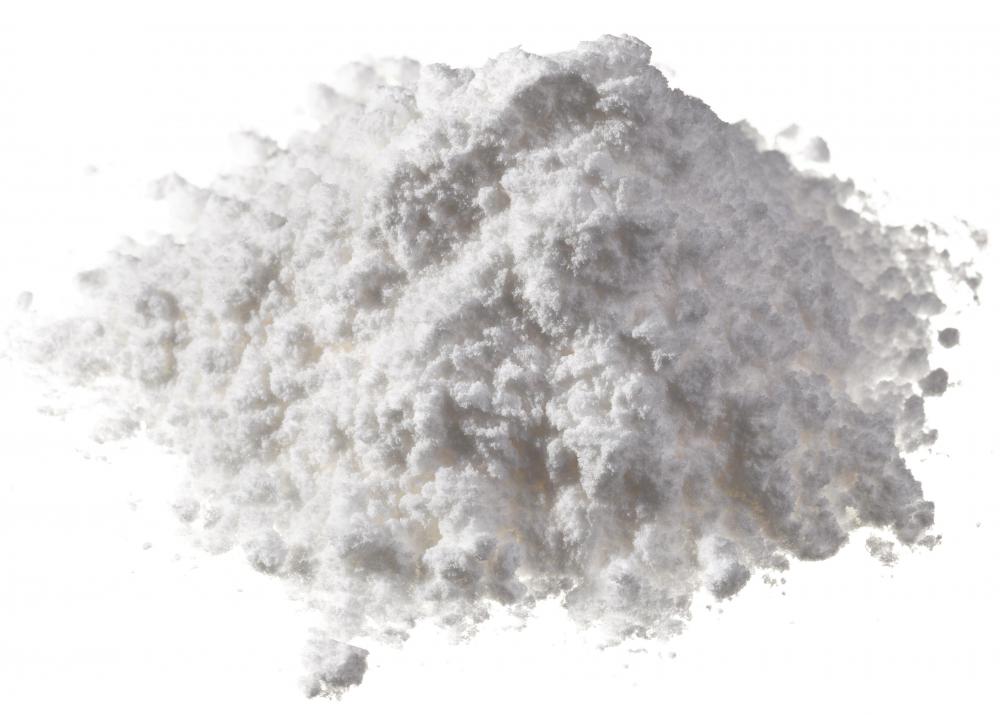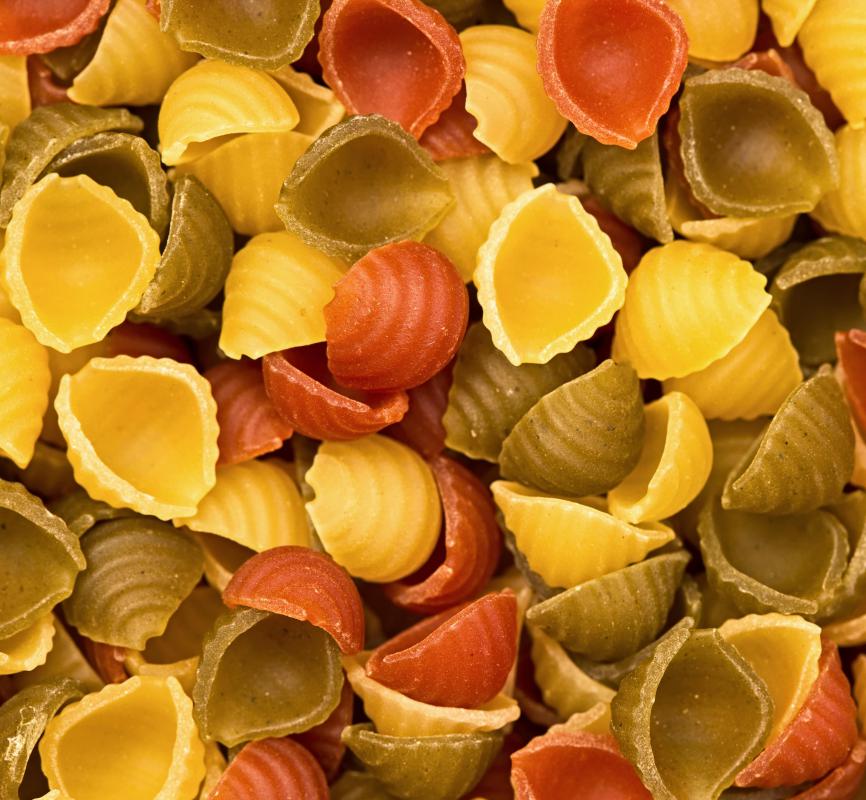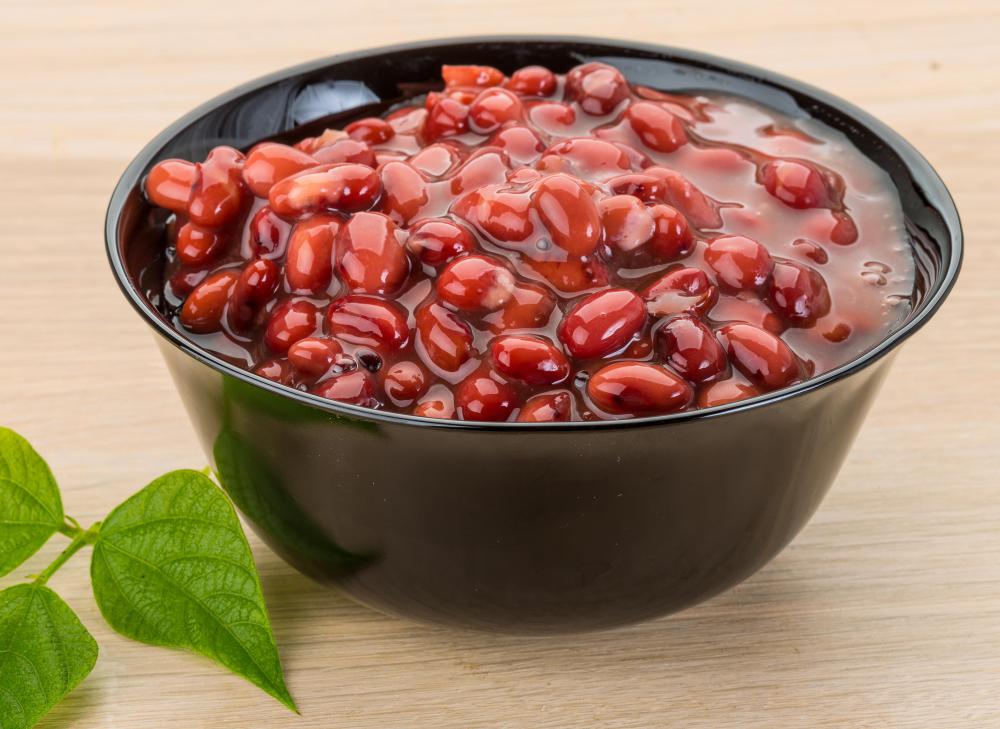At HomeQuestionsAnswered, we're committed to delivering accurate, trustworthy information. Our expert-authored content is rigorously fact-checked and sourced from credible authorities. Discover how we uphold the highest standards in providing you with reliable knowledge.
What are the Different Types of Pantry Pests?
There are many different types of pantry pests such as moths, beetles, weevils, and mites. These insects typically feed on flour, meal, beans, pet food, and cereal. Indian meal moths are one of the most common pantry pests, but dermestid and saw-toothed, grain beetles may also be found in food supplies. Cigarette, drugstore, flour, and spider beetles are known to attack stored food in pantries. Granary, rice, and bean weevils will also invade a pantry in search of food.
Indian meal moths are very common pantry pests that typically feed on dry pet food and nuts during their adult stage. The larvae of this insect usually prefer foods such as coarse flour, cereal, whole grains, spices, and dried fruit. Indian meal moth larvae typically produce a silk web along the food surface during feeding. The adult moths have gray wings with copper-colored markings. Larvae typically have an off-white color with green, brown, pink, or yellow markings.

Several types of dermestid beetles can also be found in pantry areas. The most common varieties are the carpet and larder beetles. Although their primary diet consists of natural fibers and dried animal skins, these beetles also feed on a variety of grains and cereals. Dermestid beetles have been known to eat cocoa, pasta, corn meal, cookies, and nuts. The larvae of these pantry pests usually have several dark bands along their cigar-shaped body while the adults are oval with a variety of markings.

A saw-toothed grain beetle generally prefers processed foods such as cereals, sugar, chocolate, bran, and pasta. They are particularly attracted to birdseed and oatmeal. These pantry pests breed frequently and up to seven generations may be produced in a single year. Adult beetles are a brownish-red color and flat while the larvae are usually a pale shade of yellow. Adult saw-toothed beetles are often able to penetrate sealed packages because of their flat bodies.

Cigarette and drugstore beetles have a very similar appearance and generally feed on tobacco, medicines, pet food, and cereals. Adult cigarette beetles are distinguished by their saw-toothed antennae while drugstore beetles have segmented, club-shaped antennae. Flour beetles typically feed on flour, cake mixes, peas, beans, and nuts. These pantry pests are usually very small and have a reddish brown color. Spider beetles have a reddish-brown, spider-like appearance and feed on seeds, grains, cereals, and dried meats.
Granary and rice weevils are also very common pantry pests. These weevils typically feed on whole grains rather than flour or meal. Both weevils are similar in appearance with a long snout protruding from a tiny, reddish-brown body. The larvae generally eat the interior portion of the grain and leave a hollow exterior shell behind. Bean weevils feed on legumes such as peas and beans and are similar in appearance but have no snout.
AS FEATURED ON:
AS FEATURED ON:













Discussion Comments
The times when I have had the most trouble with moths in my pantry are when I have boxes of food that have been in there for quite some time without being used. If I use things up fairly quickly, then I don't have a problem with them.
But if you get an infestation, usually the best thing to do is get rid of all of it. Another thing to try is storing the food in containers instead of the boxes they come in, but I don't seem to have much better luck this way either. Depending on the type of container, they still find a way to get in most of the time.
I have had to fight both weevils and moths in my kitchen. They invaded almost everything I had stored in a box or plastic container. I found them in flour, cereal, crackers, cake mixes and oatmeal. Although some will say that pantry bugs are not a health hazard, I don't see how they can be good for you.
The only way I got rid of them was to throw everything away and start over. It is kind of a pain, but if I have something that I don't think will get used for awhile, I find a way to store it in the refrigerator or freezer.
People look in my refrigerator and wonder why I have a box of cereal in there. I just really don't want to eat moths with my cereal in the morning.
Post your comments